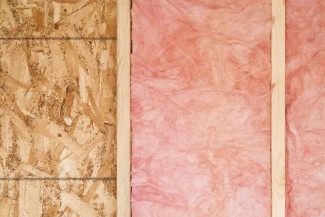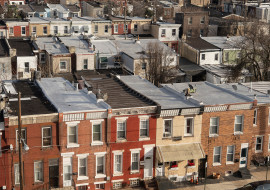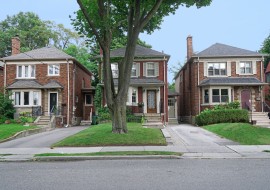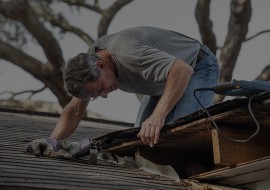Low-income energy efficiency programs reduce barriers to affordable energy, improve health and comfort, create local jobs, and keep money in communities.
Energy efficiency investments—such as whole-home weatherization and efficient heating and cooling equipment—can lower household energy use and energy burdens over the long term while reducing carbon emissions, improving health and comfort, and building local employment opportunities.
Low-income households have historically had less access to energy efficiency services than wealthier households. Practices such as redlining, discriminatory lending, and disinvestment have often led low-income communities and communities of color to live in segregated neighborhoods. Housing in these neighborhoods may be old and poorly insulated, with less-efficient appliances and structural issues that lead to wasted energy. Many low-income households are also renters and—compared to homeowners—may have less control over the quality of their housing. These are some of the reasons low-income households spend a disproportionate amount of their income on energy bills. This high energy burden causes many families to make difficult tradeoffs between food, medicine, keeping the lights on, and other necessities.
Many utilities, local governments, and other energy efficiency program administrators are implementing programs to correct long-standing underinvestment and increase access to energy efficiency services. These programs use structural improvements—including better insulation and air sealing; more-efficient appliances and heating and cooling equipment; and new thermostats with improved controls—to help reduce home energy use. Low-income programs are often funded through utility customer bills, and, in some states, are supported by funding from the Department of Energy’s Weatherization Assistance Program.
Many state legislatures and public utility commissions require their investor-owned utilities to provide low-income energy efficiency programs, and many states have alternative cost-effectiveness rules for low-income programs to acknowledge the additional benefits these programs create. ACEEE’s state and local policy database tracks these state-level low-income policies.
ACEEE studies best practices to expand low-income energy efficiency investments, tracks progress through our scorecards, and facilitates a peer-to-peer learning group of utility program administrators working to improve their low-income energy efficiency programs. Through our efforts, we support increased funding for energy efficiency in low-income households and ensure that programs are equitably serving the needs of communities.
Highlighted Resources
Energy Burden Research The High Cost of Energy in Rural America: Household Energy Burdens and Opportunities for Energy Efficiency Making a Difference: Strategies for Successful Low-Income Energy Efficiency Programs Supporting Low-Income Energy Efficiency: A Guide for Utility Regulators
For more information or to contact a researcher, please visit the Local Policy Program or the Utility Program.





